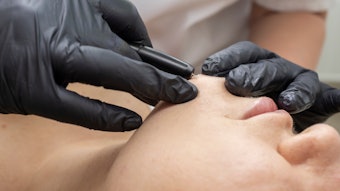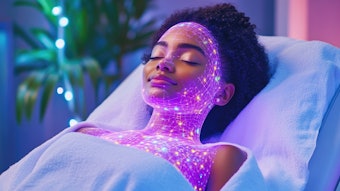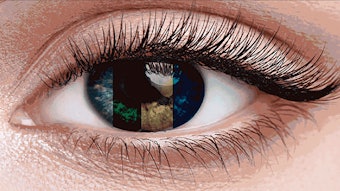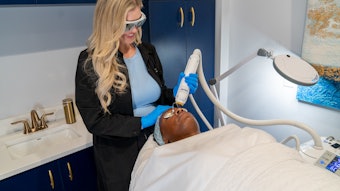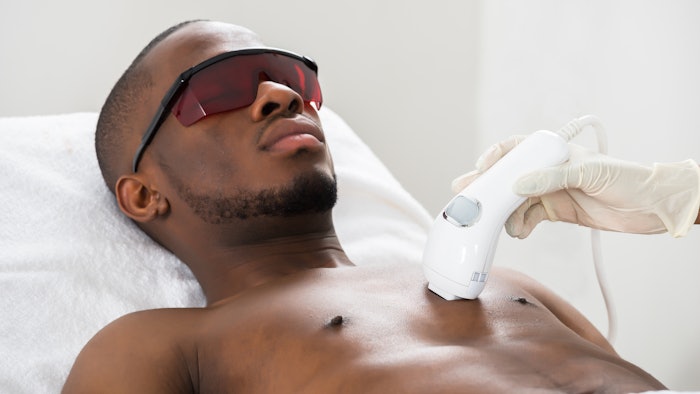
A literature review of nonablative laser and energy-based devices, published in the May 2022 issue of the Aesthetic Surgery Journal, confirms that higher energy levels positively correlate with a higher rate of post-inflammatory hyperpigmentation (PIH) in Fitzpatrick skin phototypes IV-VI. However, when looking specifically at nonablative devices, the risk is low and varies significantly based on modality.
Related: Safe and Effective Treatment of Dark Spots on Darker Skin Tones
Shirley Hu, MD, Malika Atmakuri, MD, and Joshua Rosenberg, MD, searched for papers addressing nonablative laser and energy-based therapies for skin rejuvenation and acne scarring in patients with skin types IV to VI that provided data on adverse events. The pooled prevalence of each adverse event was calculated, and they used subgroup and meta-regression analyses to determine whether age, treatment indication, SPT and device type influenced incidence.
Related: Rate and Causes of Laser Complications
Forty-three studies were included in the meta-analysis, representing a sample size of 1,654 subjects. The most common adverse events were PIH (rate, 8.1%) and prolonged erythema (rate, 0.6%). The rate of PIH was significantly higher for diode and erbium-doped lasers compared with intense pulsed light and radiofrequency. PIH correlated positively with skin type, laser density and total energy delivered.

